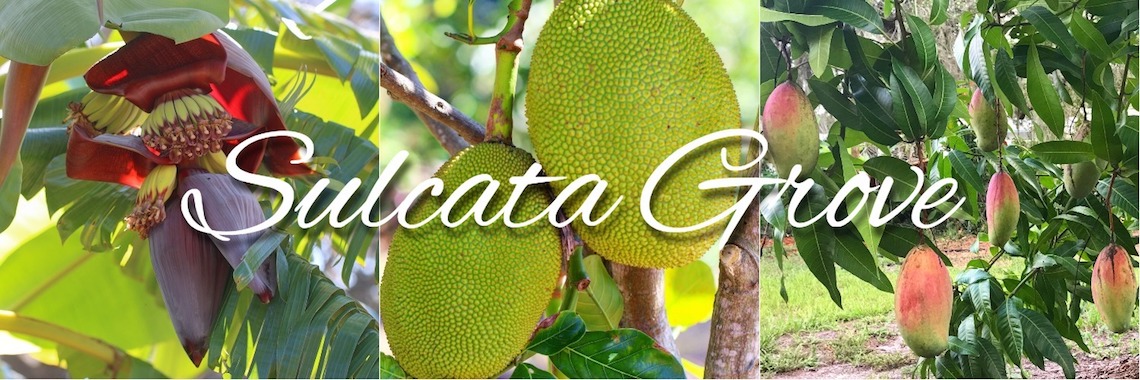The key to keeping the deep purple color is boiling the yams with the skin intact. Most of the color is just below the skin.
Yams must be cooked before eating! Boil the ube for 30 minutes. Allow to cool and peel off brown skin with the edge of a knife blade - scraping the skin off.
I use a food processor to pure the ube...isn't the color beautiful? I save some of the deep purple cooking liquid to add to my recipes for extra color.
Easy Ube Halaya Recipe
4-6 cups cooked/pureed Ube
2 cans sweetened condensed milk
1 can evaporated milk
1/2 cup butter
1 tsp vanilla (optional)
- Melt Butter
- Add sweetened condensed milk and mix well over medium heat
- Add evaporated milk and vanilla if desired. Continue stirring.
- Reduce heat to low and add Ube a little at a time. Continue stirring. After about 15 minutes, your arm will be very sore, but you must keep stirring for at least 40 minutes until very sticky.
The Halaya can be stored in the refrigerator to use in recipes, or molded into a buttered dish to enjoy as is.
Ube Cookie Recipe
1 1/2 cup unbleached flour
- Mix flour, baking powder and salt.
- In a separate bowl, cream butter and sugar, then add egg.
- Mix in halaya and cooking liquid if desired. Mix wet and dry ingredients together.
- Cover and chill in refrigerator for 2 hours or overnight.
- I use a small melon scoop to size cookie dough balls. Roll and coat in powdered sugar.
- Bake at 350 for 8-10 minutes













































